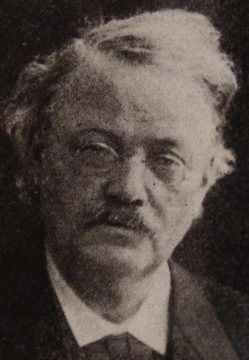 Robert Hockett in Forbes:
Robert Hockett in Forbes:
Money crises stoke money thought – some of it new, most of it old and recycled. Some of the money thought tends toward the crankish. Money crankery is like gingivitis, after all, ‘bleeding gums.’ It perennially emerges and re-emerges, opportunistically, in times of bodily stress.
But some new old money thought is well worth recycling. It can serve as a corrective for thought-ruts that we’ve fallen into – ruts that work mischief.
Corrective rediscovery and recycling of this kind only helps, however, if we are clear about what can be usefully recovered for what purposes. And here it behooves us to separate strands, tracing them back to their origins. For much that’s recycled originates in circumstances that are importantly different from ours, and must be updated to be useful.
I’d like here to do some of that disentangling and updating. That way we’ll better know what to accept and what to reject from new purveyors of new old money theories.
You can glean what I’m getting at in light of some recent political and monetary controversy – especially apropos the Fed’s many ‘easing’ programs post-2008 and now, in the midst of our Covid pandemic. What are ‘the Austrians’ saying about this, you might ask, ‘and how about MMT?’ ‘And what about Keynes – is Chairman Powell Keynesian, post-Keynesian, neo-Keynesian?’ ‘Is he classical or neo-classical?’ ‘And, by the way, where do liberalism and neoliberalism fit in here?’
More here.
